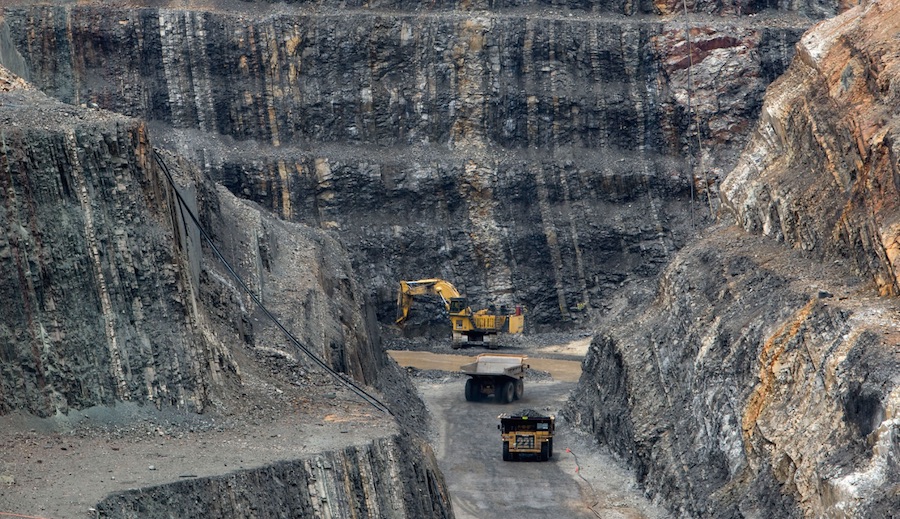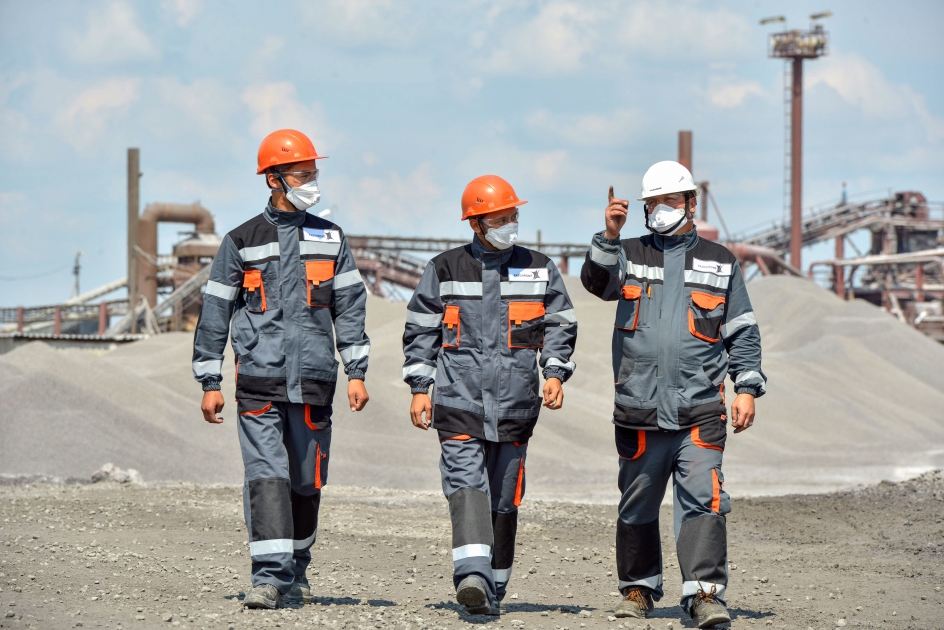Independent report calls for urgent inquiry into McArthur River Mines risk

A report published Tuesday by the Mineral Policy Institute on environmental risks at McArthur River Mine in the Gulf of Carpentaria makes the case for an immediate inquiry into the mine’s operation and evaluates pit backfill as the preferred option for pollution control.
The report was commissioned by Traditional Owners for the mine site and McArthur River which has been heavily impacted by pollution and acid drainage caused by reactions in the mine’s waste rock dump.
The report, published by the Mineral Policy Institute, critiques the repeated failures of the current environmental impact assessment framework.
“We don’t like what the mine is doing to our community, making people and the country sick. We asked for this report to be done independently because we can’t trust the company or the government to manage the problems properly. We want the next NT government to start listening to us and the experts, stop mining and making the problem bigger”, said Nancy McDinny, a Borroloola Elder whose artwork helped fund the report.
The report critiques the repeated failures of the current environmental impact assessment framework, pointing out that all previous EIS’s had failed to understand or address the environmental risks presented by McArthur River Mine, and recommends greater transparency around mine rehabilitation financial and environmental planning.
The report’s lead author, Dr Gavin Mudd, is a Senior Lecturer of Environmental Engineering at Monash University and one of Australia’s leading experts in acid metalliferous drainage (AMD) management on mine sites. Dr Mudd is also Chair of the Mineral Policy Institute, an Australian-based international civil society organisation working to assist mining-impacted communities and on achieving industry reform through improvements to mineral resource policy, law and practice.
“The history of the McArthur River project shows clearly why we need comprehensive Environmental Impact Assessment (EIA) processes, credible rehabilitation scenarios and rigorous financial assurance mechanisms to address the complex risks like acid mine drainage – it is time we examined this history to understand what went wrong, why and determine how we can secure a sustainable outcome for the environment and communities of the Borroloola region.”
“The McArthur River project is a classic case study in why the industry needs to start accepting complete pit backfill as an appropriate rehabilitation outcome in order to protect local environments and communities in the long-term – major risks such as acid mine drainage demand nothing less.”
The report details a complete pit backfill scenario for the millions of tonnes of acidic and reactive waste rock to prevent ongoing acid drainage problems impacting the health of the McArthur River, in contrast to operator Glencore’s preferred method of clay capping which has a demonstrated high failure rate and carries significant long-term risks.
The following recommendations are made:
• Full details of waste rock mined, tailings produced and their composition (i.e. PAF versus NAF) should be reported annually, and these reports and datasets made publicly available – an account should also be provided on all mining to date, with future reports always including all historical data over time;
• Continuous water quality monitoring, such as pH, electrical conductivity (EC) and possibly sulfate (SO4), should be implemented across the site, especially at key seepage or drainage sites from the waste rock dumps and tailings dam cells as well as upstream and downstream in the McArthur River and Barney and Surprise Creeks;
• All environmental monitoring data, held by both the McArthur River site and the NT Government, should be made publicly available, and as above, continue to be made available into the future;
• Full details concerning the current rehabilitation bond held by the NT Government (through the NTDME), including the technical and financial basis, with a particular focus on current criteria for rehabilitation and the life-of-mine plan;
• Similarly to the Ranger uranium mine, annual plans of rehabilitation should be prepared and part of regulatory requirements – but unlike Ranger, they should be made public to ensure transparency about the current rehabilitation bond, expected mining plans and the capacity to fund and achieve an acceptable rehabilitation outcome for the site;
To ensure that all issues are assessed and understood in a comprehensive manner, it is clear that current NT EIA processes are ineffective at addressing such complex sites as McArthur River – meaning a higher level of assessment is required. At present, the NT EIA process does not allow for a public inquiry level of assessment – only an EIS or PER are possible, compared to the normal EIA processes which allow for a PER, EIS or full public inquiry level of assessment, whereby a public inquiry is akin to the processes of a Royal Commission.
More News
{{ commodity.name }}
{{ post.title }}
{{ post.date }}




Comments